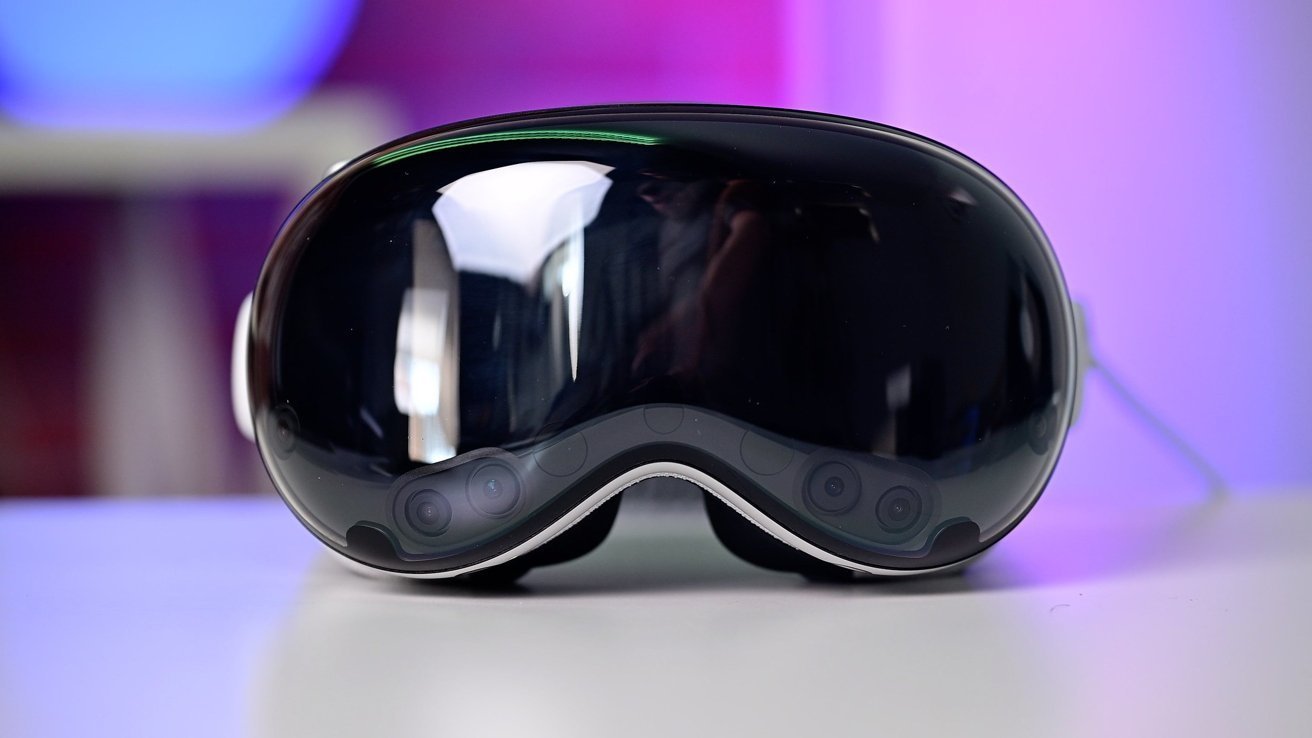Apple is gearing up to introduce a new tool called ‘Party Planner’ with the upcoming iOS 18.3 update for the Calendar app. Here’s how it might stand out from other apps:
What is ‘Party Planner’?
This weekend, Mark Gurman from Bloomberg hinted that Apple could release ‘Party Planner’ very soon. He explained:
The name suggests it’s a fun way to invite friends to hangouts, parties, and work meetings. Apple has wanted to freshen up its calendar app for a while, and this might just be the start of something big. Filipe Espósito, another writer, first spotted this feature in the iOS 18.3 code, hinting at an ‘Invites’ app. It seems Apple is almost ready to launch this new service, which will blend into the Calendar app and might even work with iMessage.
Three Ways ‘Party Planner’ Could Be Better
- No Cost, No Ads: Over the years, I’ve tried many scheduling tools, but none were both free and without ads. It makes sense because companies need to make money. For example, Fantastical has cool features, but you pay for them. Doodle is free, but has ads. Since Apple earns most of its money from selling devices, offering ‘Party Planner’ for free is a smart move.
Easy Calendar Management: ‘Party Planner’ will work with the Calendar app’s ability to handle different calendars all in one place – like Google, Microsoft, or iCloud. This means you can use multiple calendars without switching apps, making life easier for anyone juggling various scheduling systems.
Photo Sharing Made Simple: After events, sharing photos can be a hassle. People might use AirDrop or set up shared albums, but there’s no easy standard. ‘Party Planner’ could solve this by integrating with the Photos app, allowing event attendees to share pictures directly from the event in the calendar. Maybe there could even be reminders to share photos the day after an event.
Wrapping Up
Apple’s Calendar app has been pretty basic for a long time, but with ‘Party Planner’, things are looking up. This feature, combined with new looks and smart features in iOS 18, could make organizing events on your iPhone easier and more fun.





